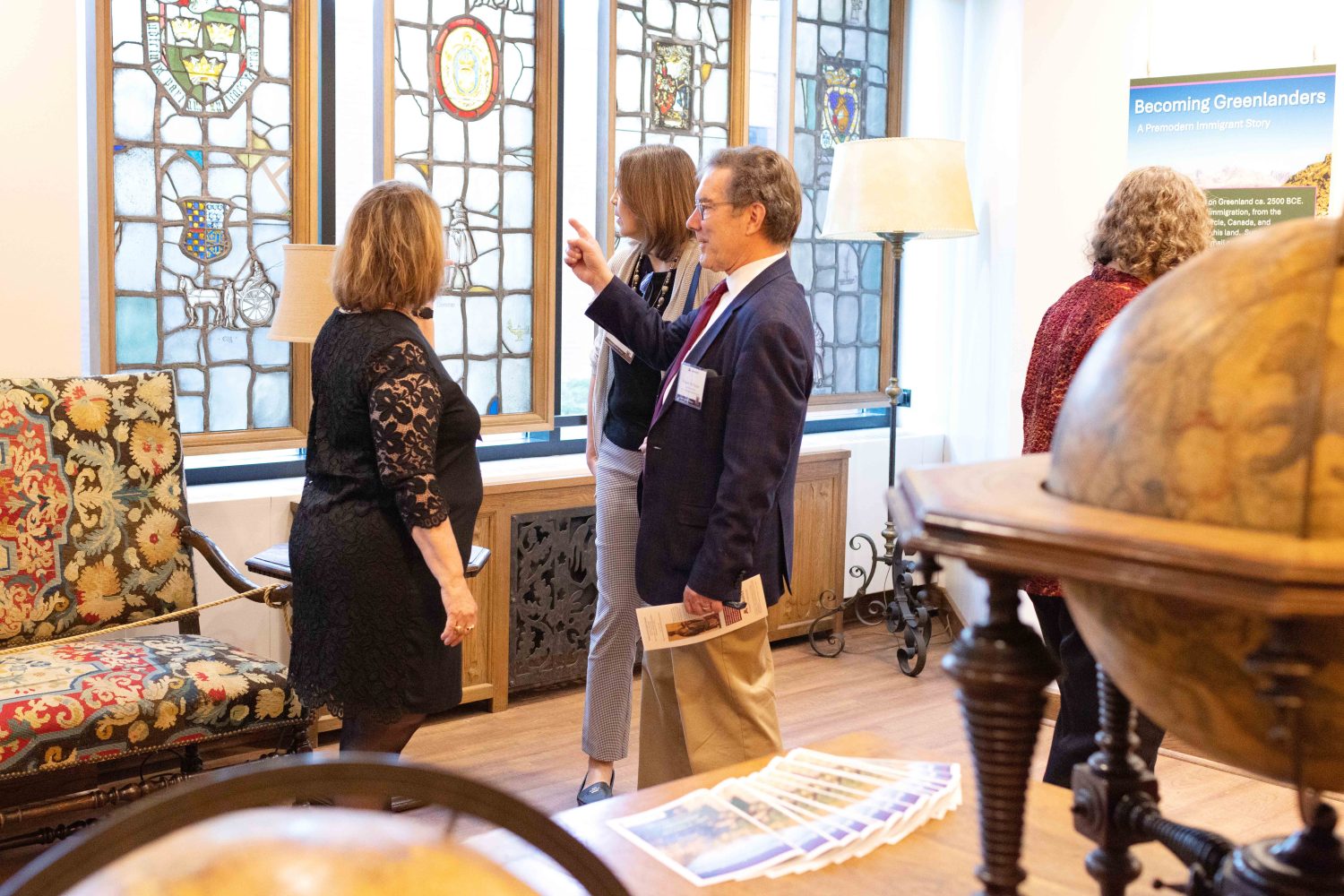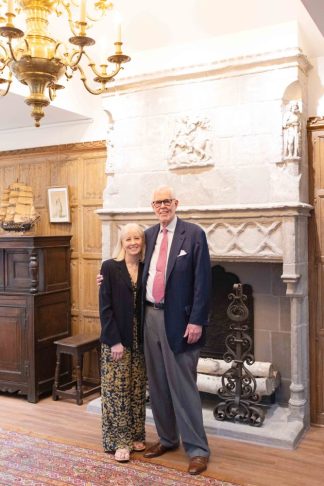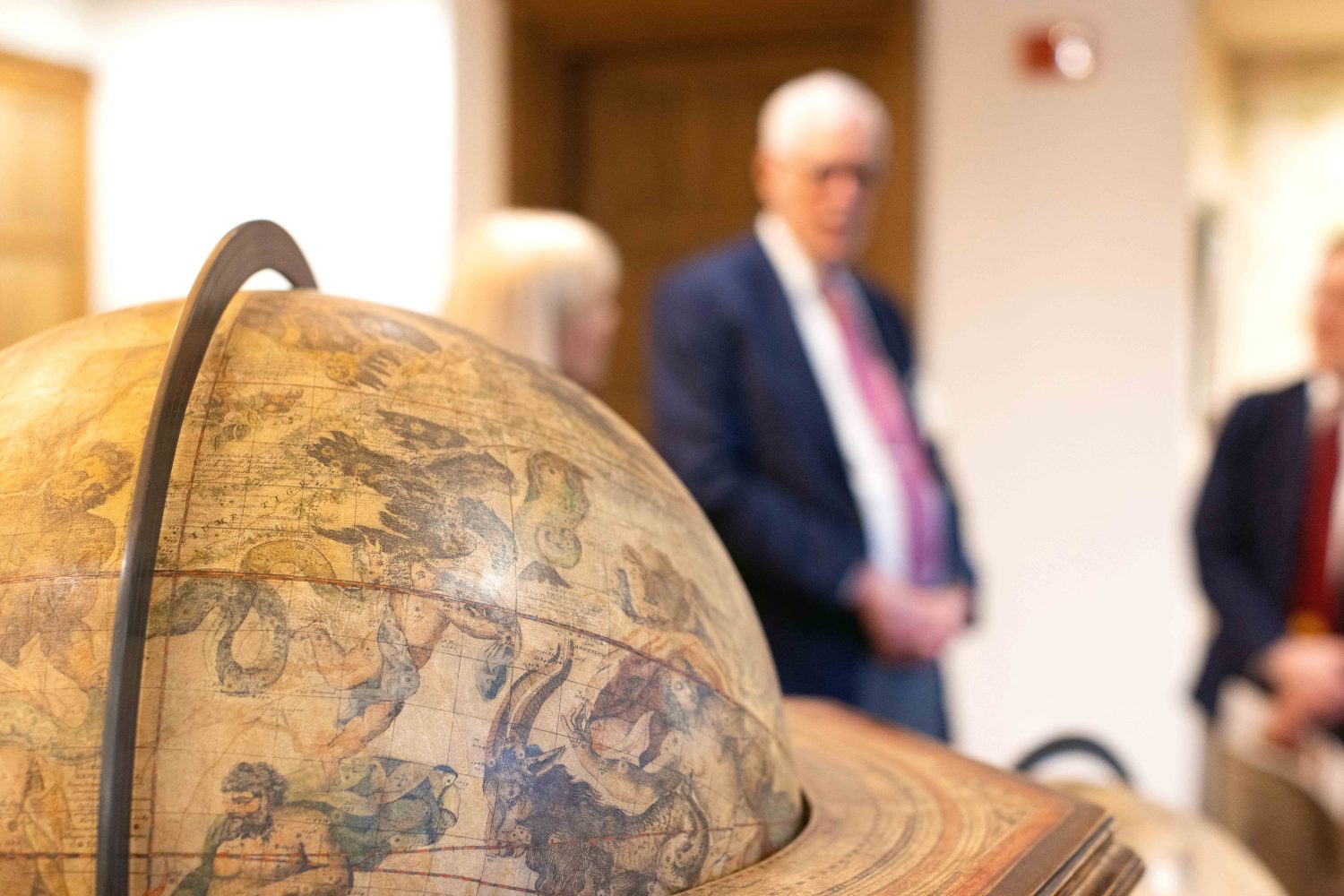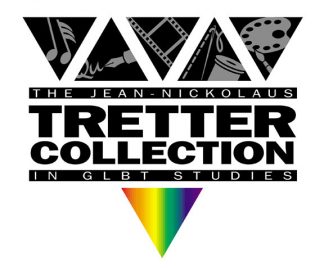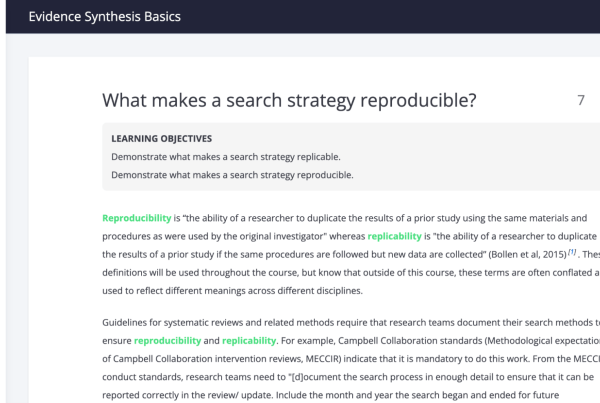By Adria Carpenter
After two years of construction, the Ford W. and Amy Bell Room has a new home in the Elmer L. Andersen Library, and it’s magnifying the history of underrepresented peoples.
“They really made my idea come to life,” said Marguerite Ragnow, Curator of the James Ford Bell Library. “It looks exactly the way I had envisioned it would look.”
The Bell Library documents the history and impact of trade and cultural exchange before 1800, stretching back to the Middle Ages. It was founded in 1953 by James Ford Bell, a University of Minnesota alumnus, founder of General Mills, and member of the Board of Regents.
The Bell Room was the original reading room of the Bell Library and helped give researchers a sense of how that period might have looked and felt. It featured imitation linenfold paneling, stained glass windows, hardwood floors, a 16th century fireplace, and furniture from between the 15th and 18th centuries.
In 1968, the Bell Library moved from the Walter Library to the newly constructed Wilson Library, complete with a reading room, suite of offices, and an exhibit gallery, as well as the Bell Room.
The library moved once again to the Elmer L. Andersen Library in 2018 after construction of the Maxine Houghton Wallin Special Collections Research Center. The Bell Room would soon follow behind, but moving gave Ragnow an opportunity to rethink how the space could be used to increase diversity and inclusivity of the collection.
Ragnow reimagined the room as an exhibit space dedicated to the stories of underrepresented people, including indigenous peoples, women, people who were enslaved, children, and other voices often unheard in the Bell Library’s history.
With the support of Ford. W Bell, Bell’s grandson and trustee of the James Ford Bell Trust, the Libraries moved the Bell Room to Andersen Library under this new vision. The two-year approval and construction process kept some of the old features, like the fireplace, some of the paneling, stained-glass windows, chandelier, but installed luxury vinyl flooring and chinoiserie wallpaper.
“Envision this as though we are taking the room itself from the 16th to the 18th century,” Ragnow said. “It’s a new room for a new century and a new vision for the library.”
This new room respects Bell’s original intention, she explained, but it now serves the current needs of the Bell Library and the community. The room was renamed for Ford W. and Amy Bell, who were instrumental in realizing that new vision.
“We now stand in a gallery that elevates the voices of those who are often oppressed. It not only highlights the experiences of important individuals in history, it also challenges dominant narratives and brings attention to important issues we face today,” said former UMN President Joan Gabel at the Bell Room’s Grand Opening last May. “As a University, we are committed to building a more inclusive and equitable community, and elevating the stories and voices of marginalized groups is a critical step in that effort.”
“It’s a new room for a new century and a new vision for the library.”
—Marguerite Ragnow
The Bell Room’s inaugural exhibit, “Becoming Greenlanders,” recounts the island’s history of immigration, from the Inuit to Scandinavian travelers.
“I wanted to start out with an exhibit that addressed contact between Europeans and non-Europeans,” Ragnow said. “It’s also a really unique story in that there are no indigenous people in Greenland.”
Humans first arrived on the island circa 2500 B.C.E. but because of the harsh climate, settlements faded out, she explained. The Thule people, ancestors of today’s Greenland Inuit, didn’t arrive until around the 12th century, two centuries after the Vikings first landed on Greenland’s cold shores.
When the Little Ice Age and Black Death spread over Europe, supply shipments withered, and routes froze over, preventing ships from reaching the island. The Thule people, who migrated eastward from Alaska, outlasted other settlers and gradually spread to the rest of the island.
“It’s an interesting, complicated, different story than the Europeans just going to someplace Europeans had never been before and deciding they owned it,” she said.
The next exhibit will show how people around the world were represented on maps, Ragnow said. Future topics might include enslaved people and slave revolts, the practice of footbinding in China, archival materials made by or for women, and so on. The team is currently re-cataloguing the library’s collection to uncover these documents and make them easily accessible to the public.
Next year, the Kerlan Collection will hold a children’s literature extravaganza in the Andersen Library, and the Bell Room’s exhibit will focus on children’s geographies and other materials related to children.
“There are endless stories we can tell that fit the theme of unheard voices, hidden voices, untold stories,” Ragnow said.


